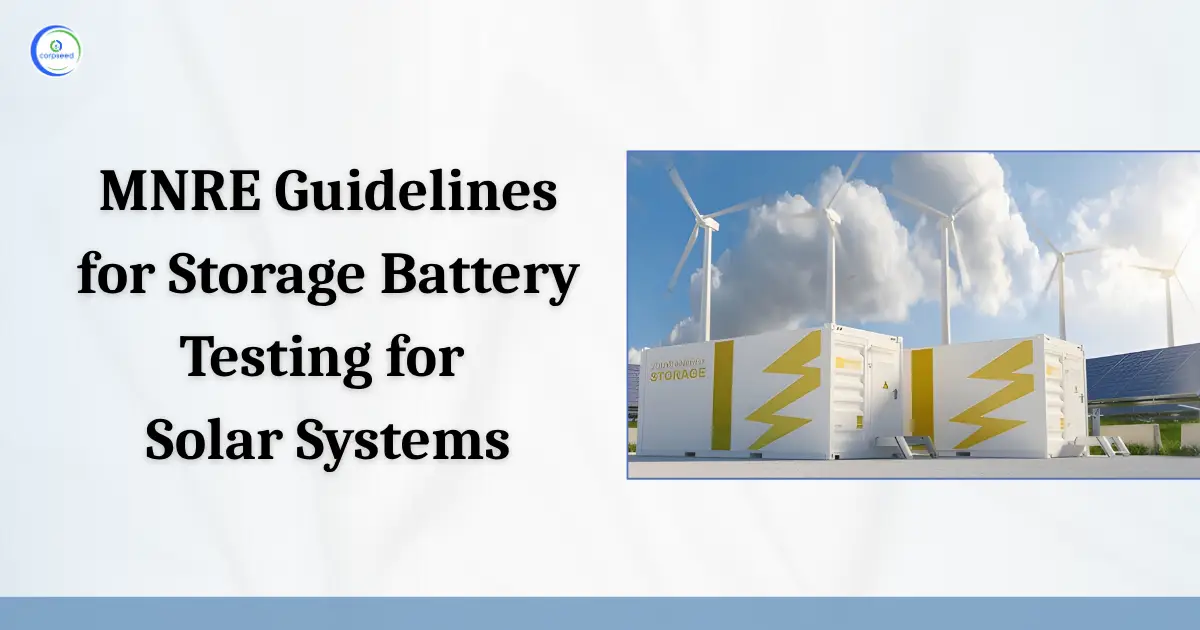Introduction: Solar Panel Plant Setup
Setting up a solar panel factory involves several crucial ways to ensure effective and sustainable energy products. The process begins with opting for an applicable position, considering factors similar to sun exposure, land vacuity, and propinquity to the power grid. Next, feasibility studies and point assessments are conducted to estimate environmental and profitable viability. Following this, detailed planning and design are accepted, including the selection of solar panel technology, system capacity, and layout.
Permits and blessings are attained from applicable authorities, icing compliance with original regulations. It is vital to purchase high-quality solar panels, inverters, mounting systems, and other components. During the installation phase, the panels are mounted, connected to inverters, and integrated with the electricity grid.
After installation, the system undergoes testing and commissioning to corroborate performance. Nonstop monitoring and conservation are essential to ensure optimal operation and life of the solar factory, contributing to renewable energy pretensions and reducing carbon emigrations.
Table of Contents
--------------Blog Contact Form-------------
What are the three main categories of Solar Power Plants?
Photovoltaic( PV) Solar Power Plant
These systems convert the sun directly into electricity using semiconductor accouterments through the photovoltaic effect. They're the most common type of solar power shops and can be further divided into
- Utility-scale- Scale Solar PV power plants: Large installations are generally erected on extensive land areas that induce significant quantities of electricity to feed into the power grid.
- Marketable Solar PV Systems: Mid-sized systems installed on marketable structures to give electricity for the structure's operations and potentially reduce energy costs.
- Domestic Solar PV Systems: lower systems installed on homes to supply power for ménage use, frequently with the capability to vend redundant electricity back to the grid.
Concentrated Solar Power (CSP) Plant
CSP systems use glasses or lenses to concentrate a large area of sun onto a small area. The concentrated light is also used to produce heat, which is converted into electricity through a thermal process. Types of CSP shops include
- Parabolic Trough Systems: It uses twisted, imaged troughs to concentrate sun onto a receiver tube along the focal line of the trough.
- Solar Power: Towers use a field of glasses (heliostats) to concentrate sun onto a receiver on top of a central palace.
- Linear Fresnel: Reflector Systems Employ long, flat, or slightly twisted glasses to concentrate sun onto a fixed receiver.
- Dish Stirling: Systems point a parabolic dish that focuses sun onto a receiver at the dish's focal point, where the heat drives a Stirling machine.
Hybrid Solar Power Plants
These shops combine solar energy generation with other energy sources or storehouse systems to ensure a stable and dependable power force. Common hybrid configurations include
- Solar-diesel hybrid: Shops combine solar PV or CSP with diesel creators, frequently used in remote or out-grid locales to give nonstop power.
- Solar-Wind hybrid plant: Integrate solar PV with wind turbines to balance power generation between day and night or varying rainfall conditions.
- Solar-- Battery hybrid plant: Combine solar PV or CSP with battery storehouse systems to store redundant energy for use when the sun isn't available, enhancing grid stability and trust ability.
These three orders cover the primary technologies and configurations used in solar power generation, each with distinct operations and benefits.
What are the mandatory/Legal documents for Solar Panel Plant Setup?
- Industrial Clearance
- Land conversion (Agricultural to Non-Agricultural)
- Environmental Clearance Certificate from state PCB (Pollution Control Board)
- Contract Labour License from the state Labour Department
- Fire Safety certificate from the Fire Department
- Latest tax receipt from the Municipal/Gram Panchayat for the factory land.
- Auditor compliance certificate regarding fossil fuel utilization
- Approval from the Chief Electrical Inspector
- Clearance from the Environment/ Forest department
- Registered Land Purchase/Lease Documents
- Power Evacuation arrangement/permission letter from DISCOM (Distribution Company)
- Confirmation of Metering Arrangement and location
- ABT meter type, Manufacturer detail, Model, Serial No. details for Energy Metering.
- Copy of PPA (important as Preferential PPA projects are not eligible for REC mechanism)
- Proposed Model and make of plant equipment
- Undertaking for compliance with the usage of fossil fuel criteria as specified by MNRE (Ministry of New & Renewable Energy)
- Details of Connectivity with DISCOM
- Connectivity Diagram and Single Line Diagram of Plant
How to set up a Solar Power Business step by step?
- Gathering solar power
- Its components all begin with gathering the introductory constituents of a solar power unit. You'll need four major particulars – solar panels, a charge regulator, an inverter, and a battery pack.
- In addition to these particulars, you'll bear a swell, cadence, MC4 connector, and fuses among other effects. Keep in mind that it's essential to read the solar panel module instructions. Before setting up a solar panel, it's pivotal to choose a solar panel set that will be sufficient to run the appliances you want to operate.
- This is where using a calculator for solar panels is observed. This smart tool will incontinently let you know the number of solar panel plates you need to install so that the appliances can be run without any trouble
- Calculate the power load
- Before getting to the solar installation task, it's pivotal to sum up the power that you use at your home. This isn’t rocket wisdom. All you have to do is to note down the home appliances that you use on a diurnal base, which include TV, lights, addict, and so on.
- After that, enter the daily duration of operation for this equipment. Go through the specification map in your ménage electric appliances to check their operation duration or run time, and their power standing. Now calculate the ‘Watt-Hour’ by multiplying the runtime of an appliance with its power standing. Follow this step for each electrical device, also add up the individual watt-hour figures to get the grand aggregate. You can also simplify this computation by using an online off-grid cargo calculator.
- Select and charge the battery
- A major hiatus with solar power is that it doesn’t give electricity when the sun goes down. Still, you can fluently crack this problem by using a battery. A lead-acid or lithium-ion battery stores solar power generated during the day and discharges it at night.
- This provides a steady force of energy, handed you have named the optimum battery storehouse capacity. You'll need a power regulator to cover your battery’s charging.
- These are positioned between the battery and the panels. Similar regulators are generally fitted with a small LED light that announces the charging state of the battery and adjusts the power that flows into the battery.
- Set up the Inverter
- Solar arrays produce electricity in direct current (DC), but electrical appliances use power in the form of interspersing current (AC). Inverter is a device that saves the day by allowing you to use electrical bias without using attachments.
- Inverters come in varying power wattages and types including square surge, modifiesine-surgege, and pursine-surgege inverters. Square swells aren't compatible with all biases, while the affair of modified sine surge isn't suitable for certain appliances similar to a fridge. This makes a pure sine surge inverter the stylish choice for your solar system.
- Fix the solar panels on your roof
- Once the battery, regulator, and inverters are ready, you need to get started with mounting the solar panels. Elect the stylish spot for the panels on the roof or on open ground that receives an unchecked force of the sun’s radiation. You can moreover make a mounting stand yourself or get it from the request.
- The cock of the mounting stage should nearly be equal to the latitude angle of your position. The proper setting of the solar panels is critical for their operation & conservation. Hence, it's essential to ensure that the panels face the sun throughout the day. In the last phase of this step, line the solar panels. You can trace a small junction box at the reverse of the solar panel. The junction box has negative and positive signs of opposition.
- In a large-sized- panel, the junction box has terminal cables too with an MC4 connector. Still, you'll have to align the junction box with external cables yourself if you use small solar panels. Use the black and red line for negative and positive terminal connections, independently.
- Connect the solar panels to the battery
- You need to connect the solar panels with a battery. In certain PV systems, these come paired together, so you don’t have to put in any fresh trouble. In cases that aren't given as a single unit, you need to make series and resembling connections.
- By joining the positive terminal of one device with the negative terminal of another, you can create a series of connections.
- For a resembling connection, you need to connect one device’s negative terminal with another device’s negative terminal, and so on. It's better to choose a durable lithium-ion battery as compared to a lead-acid battery, which is prone to breakdowns.
- Setup stands for inverter and battery
- Your domestic solar unit is deficient without daises for the battery and inverter. Again, you have the option of erecting the essence stands or getting them. Once the allocated positions for the inverter and battery are ready, you can start working on the wiring.
- Start with wiring the regulator. The first connection from the left wing is for connecting the regulator with the solar panels. The alternate connection is for pairing the battery with the regulator.
- The last connection is for connecting the regulator to the direct DC cargo connection. For connecting the solar panel with the charge regulator, you'll need a separate connector called an MC4 connector. Once the regulator is connected to the battery, its LED lights should light up. Also, you'll have to connect the inverter terminal to the battery’s outstation.
Conclusion
Setting up a solar panel manufacturing factory involves several crucial ways. Originally, opting for an applicable position is pivotal, considering factors similar to sun exposure, land vacuity, and propinquity to the power grid. Conduct feasibility studies and point assessments to estimate environmental and profitable viability. Detailed planning and design follow, including choosing solar panel technology and system layout. Gain necessary permits and blessings to ensure compliance with original regulations.
During installation, mount the panels, connect inverters, and integrate the system with the grid. The system undergoes testing and commissioning to confirm performance. Ongoing monitoring and conservation are essential for optimal operation and life. Legal attestation, similar to environmental concurrences, labour licenses, and electrical blessings, is obligatory.
The primary orders of solar power shops include Photovoltaic (PV) systems, Concentrated Solar Power (CSP) shops, and hybrid systems, each with unique operations and benefits. Setting up the business also involves gathering factors, calculating power cargo, opting and charging batteries, setting up inverters, and icing proper connections.
This portion of the site is for informational purposes only. The content is not legal advice. The statements and opinions are the expression of author, not corpseed, and have not been evaluated by corpseed for accuracy, completeness, or changes in the law.
BOOK A FREE CONSULTATION
Get help from an experienced legal adviser. Schedule your consultation at a time that works for you and it's absolutely FREE.









